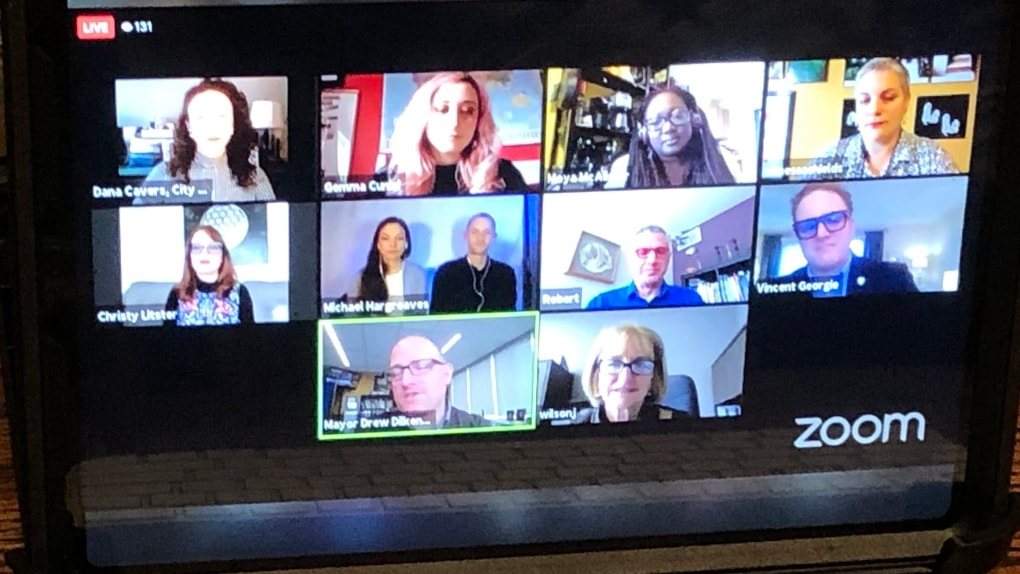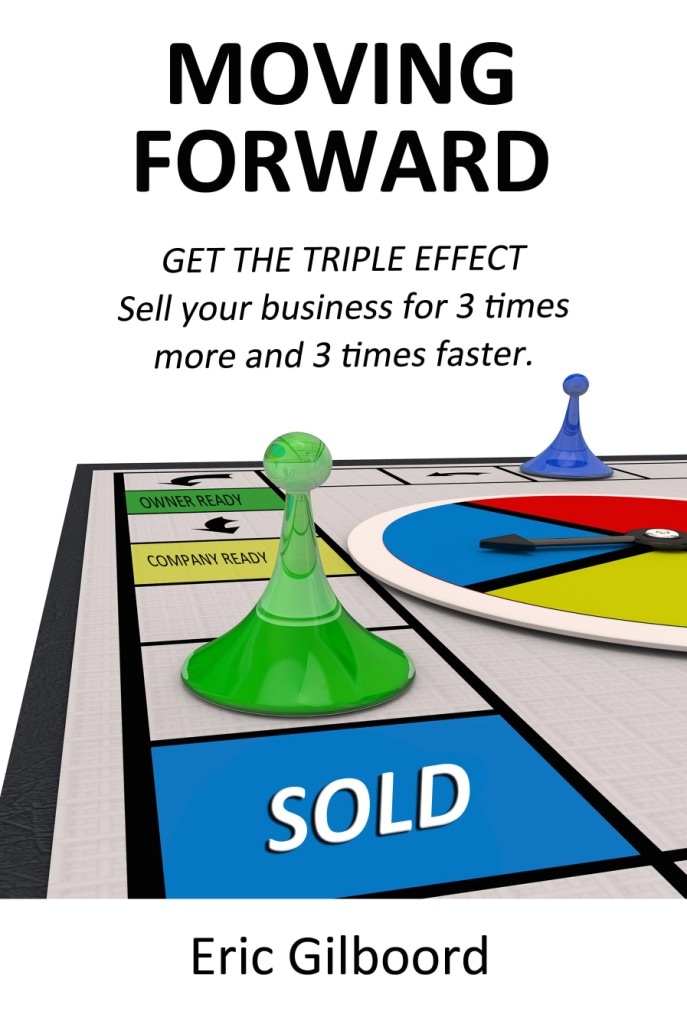Tom and Joe are brothers who grew up working in the family business. Tom is conservative and, in his own words, not very creative. He chose to stay with the older, established company and continue in his parents’ footsteps, running the business as his father did for the past forty years.
He had no desire to change anything and felt that if he continued to run the company the way his parents did, he would have a nice lifestyle and hopefully be able to pass the business on to his children. Tom was not a marketing-oriented businessman.
Every year, he followed the same marketing program, conducted seasonal sales, developed the same brochure (substituting a few new products), and worked with the same sales reps his father had employed for many years. Tom felt that if you built a good product, the customers would find you.
Joe, on the other hand, knew that there was more they could do with the business. He wasn’t sure what needed to be done, but he realized that marketing would play a large part in the future success of their business. Joe spent a lot of time out on the road, talking to customers, finding out what competitors were up to, and looking for new opportunities.
Joe often returned from sales trips and trade shows brimming with ideas. He told Tom that they needed to expand their marketing efforts to include new media and a social media program. But Tom insisted that they were doing enough marketing and had no reason to change. Sometimes when a business has been successful, the thought of new activities seems to be an unnecessary expense.
Unfortunately a business owner can wait too long, until the market requirements and competitors catch up to them and it’s then too late.
As time passed, the conflict with Tom became unbearable for Joe. He recognized the opportunities for the family business but knew that his brother would not change. Joe decided to start his own business. He knew that marketing was more than a brochure and the occasional sale. Over the years, he had learned that there are two key components to marketing:
1. Creating and using the various tools available.
2. Managing the marketing program from original strategy and design to the finished marketing materials.
Joe planned to stay in the same kind of business as his family. His first major commitment was to ensure that his business would be marketing oriented.
He researched opportunities, became familiar with new marketing techniques, and established a long-term relationship with a marketing professional, who helped guide him and establish a team of suppliers to cover traditional, new media and social media marketing. Joe's strategy included using the best of the established methods and continually testing new marketing methods.
Eventually, Tom’s business stagnated, sales barely kept up with expenses, and profits became a thing of the past. While Tom was suffering, Joe became more successful than even he had dreamed he could be.
Joe hired a marketing consultant. Together, they developed a solid sales and marketing strategy, embraced new technology by establishing a strong database, and conducted ongoing focused communication with staff, suppliers, customers, and prospects. They developed and updated sales tools on an ongoing basis to keep their sales force and customer service staff equipped with the latest in marketing weapons.
In time, Joe absorbed the family business into his own. Tom stayed on but acquired a new appreciation for marketing. Joe continued to manage the marketing efforts and his company grew large enough to create their own internal marketing team. Joe creates the company vision and the entire company carries out that vision.
These cases demonstrate how marketing plays a key role in the success of any small business. Ignoring the advantages that a structured, well thought-out marketing program offers could put your business in jeopardy. Make use of experts, try to benefit from their years of experience and keep up with the newest techniques.
“Success or failure doesn’t randomly happen to you. You have a large say in when and how much.” EG










